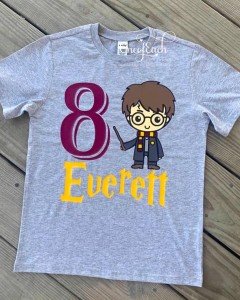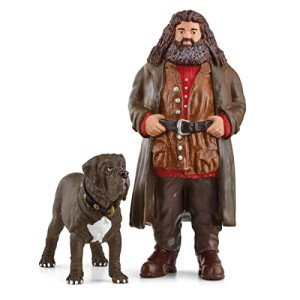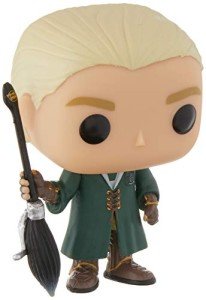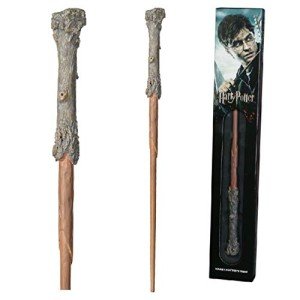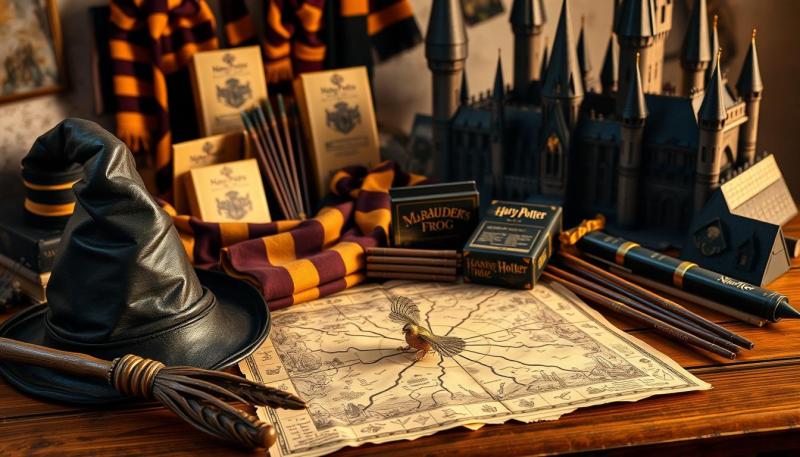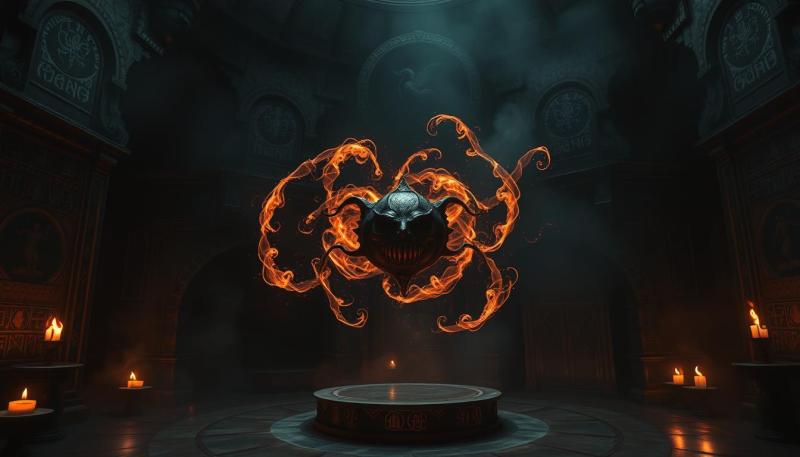Dragons are captivating creatures that play a significant role in the Harry Potter series. These magical beasts are both feared and revered in the wizarding world. The Harry Potter universe features ten distinct dragon breeds, each with unique characteristics and abilities.
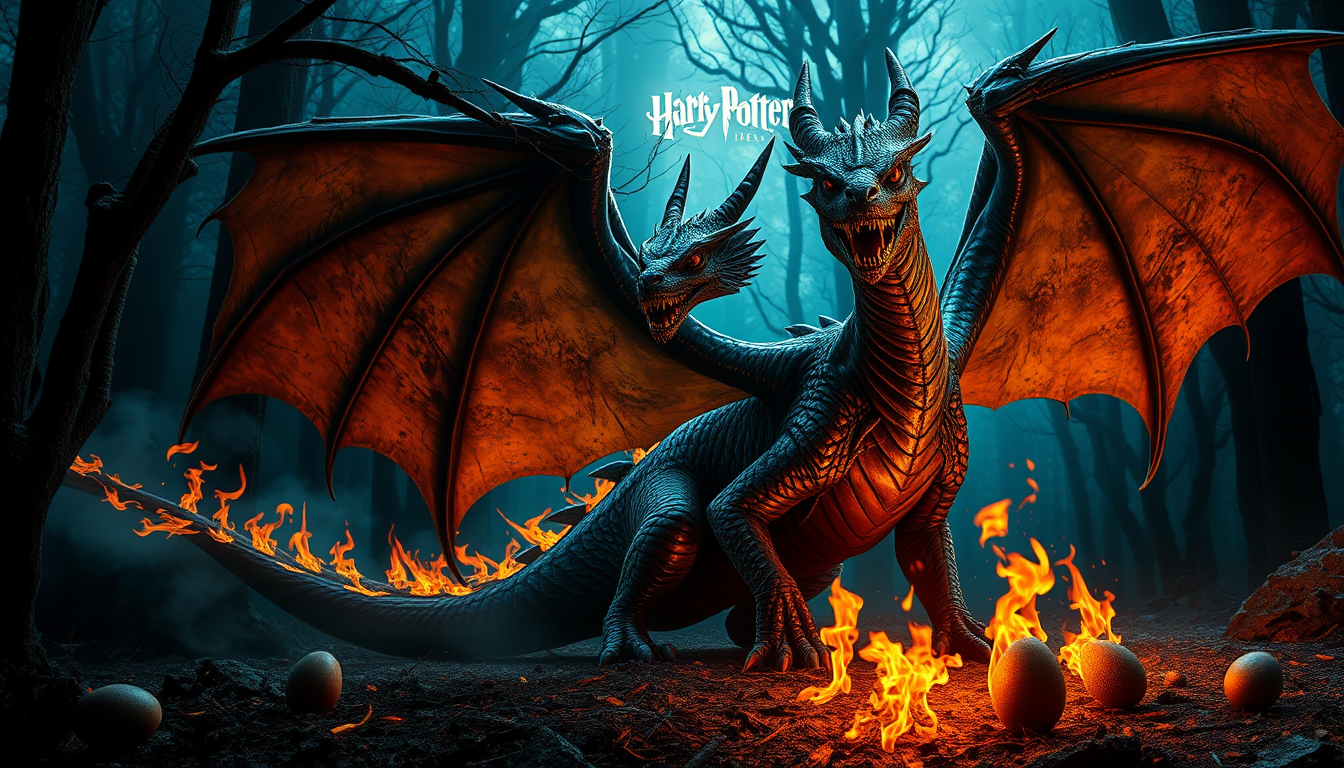
J.K. Rowling's imagination brought these creatures to life, from the fierce Hungarian Horntail to the rare Antipodean Opaleye. Dragons in the Harry Potter world are not just mythical beings but living, breathing creatures that wizards study, tame, and even use in magical competitions.
The presence of dragons adds excitement and danger to many key moments in the series. From Charlie Weasley's work with dragons in Romania to the Triwizard Tournament's first task, these creatures showcase the awe-inspiring and perilous nature of the magical world. Their inclusion highlights the vast array of magical creatures that exist alongside wizards and witches.
Key Takeaways
- Dragons in Harry Potter come in ten different breeds with unique traits
- These magical creatures are central to many exciting moments in the series
- Dragons represent both the wonder and danger of the wizarding world
Dragon Species in the Harry Potter Universe
Dragons in the Harry Potter world come in many types. They live in different parts of the world and have unique traits.
European Dragons
The Hungarian Horntail is one of the most dangerous dragons. It has black scales and bronze horns. This dragon can shoot fire up to 50 feet.
The Welsh Green is smaller and less fierce. It lives in high mountain areas. This dragon tries to avoid humans when it can.
Another European type is the Swedish Short-Snout. It has silvery-blue scales and breathes blue fire. The Romanian Longhorn has dark green scales and long golden horns.
The Ukrainian Ironbelly is the largest dragon breed. It has metallic grey scales and red eyes. This dragon is very strong but moves slowly.
Asian Dragons
The Chinese Fireball is also called the Liondragon. It has smooth scales and a fringe of gold spikes around its face. This dragon is known for its loud roar.
Chinese Fireballs can shoot mushroom-shaped flames from their nostrils. They are smaller than some other dragons but very fast.
These dragons eat mostly mammals. They are more tolerant of other dragons than most breeds.
Antipodean and American Dragons
The Antipodean Opaleye comes from New Zealand. It has pearly scales and glittering eyes with no pupils. This dragon is one of the most beautiful.
Opaleyes prefer valleys to mountains. They eat sheep but rarely attack humans.
The Peruvian Vipertooth is the smallest known dragon. It is copper-colored with black markings. This dragon is fast and can eat humans.
Vipertooths have venomous fangs, which is unusual for dragons. They were almost wiped out after eating too many humans in the 19th century.
Dragons and the Wizarding Community
Wizard Character Birthday Tee/Bodysuit
Celebrate your little one's special day in magical style with this adorable Wizard Character Birthday Tee or Bodysuit
Product information
MX$348.15
Product Review Score
4.7 out of 5 stars
52 reviewsProduct links
Dragons play a crucial role in the magical world. They are both feared and respected by wizards and witches alike. These creatures are involved in important events and are guarded by dedicated professionals.
Triwizard Tournament and The First Task
The Triwizard Tournament showcased dragons in a thrilling way. During the First Task, champions faced different dragon breeds. They had to retrieve golden eggs from nesting mother dragons.
Harry Potter faced the Hungarian Horntail, known for its fierce nature. Other dragons included the Swedish Short-Snout, Chinese Fireball, and Welsh Green. Each breed presented unique challenges to the champions.
Charlie Weasley, a dragonologist, helped bring the dragons to Hogwarts. His expertise was crucial for handling these dangerous creatures safely. The task highlighted the raw power and beauty of dragons in the wizarding world.
Hagrid, the Half-Giant Dragon Enthusiast
Rubeus Hagrid, Hogwarts' gamekeeper, had a deep love for dragons. His passion often led to risky situations. Hagrid once attempted to raise a Norwegian Ridgeback in his wooden hut.
This dragon, named Norbert (later Norberta), grew quickly and became a fire hazard. Harry, Ron, and Hermione helped send the dragon to Charlie Weasley in Romania.
Hagrid's enthusiasm for dragons never waned. He often shared his knowledge with students, teaching them about dragon breeding and care. His lessons, while sometimes dangerous, gave students unique insights into these magical creatures.
Gringotts and Guarding Treasures
Gringotts Wizarding Bank used a dragon to guard its deepest vaults. This pale dragon, possibly a Ukrainian Ironbelly, was kept underground. It was partially blind and trained to expect pain when hearing certain sounds.
The dragon's presence showed the extreme measures taken to protect valuable magical items. It also raised questions about the ethics of using such creatures for security.
Harry, Ron, and Hermione encountered this dragon during their break-in at Gringotts. They freed it, leading to a dramatic escape on its back. This event highlighted the cruel treatment some dragons faced in captivity.
Dragons and Their Impact on Wizard Society
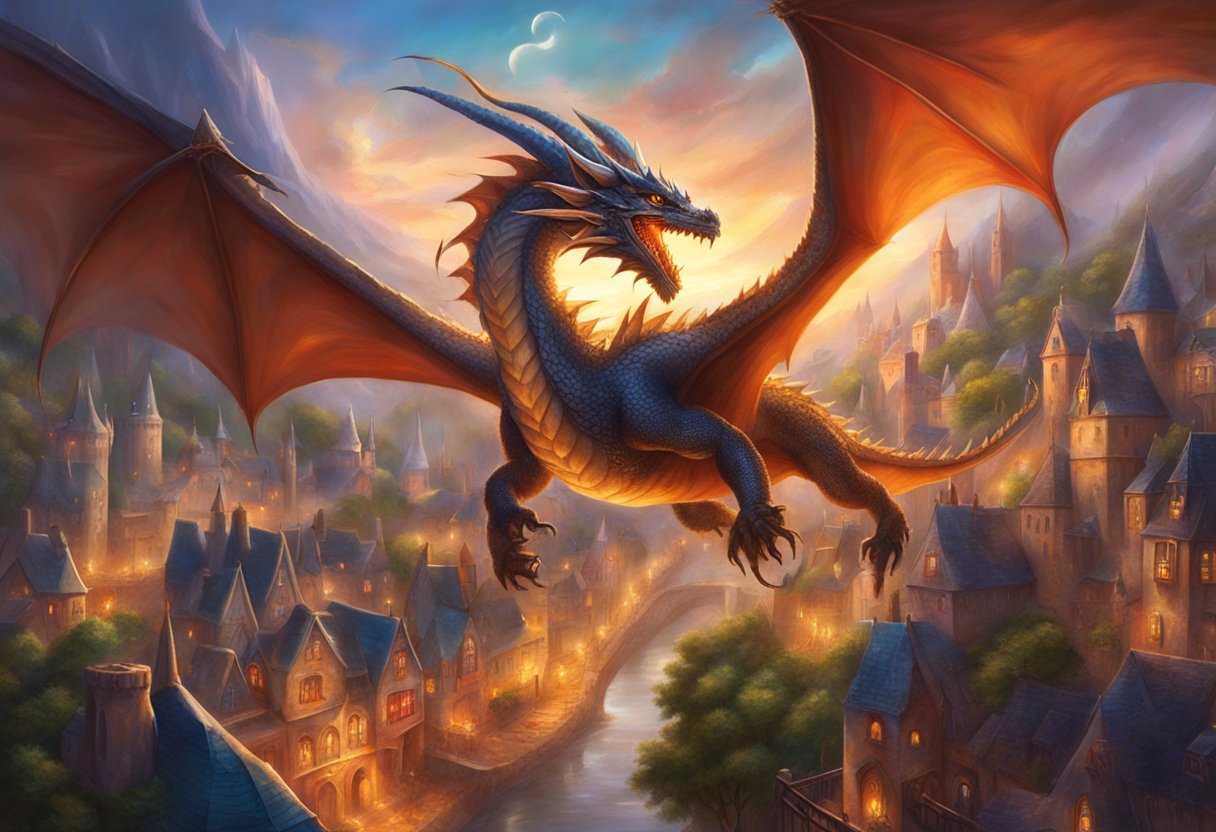
Dragons play a big role in wizard society. They are extremely dangerous creatures that can kill wizards.
Wizards use many dragon parts in magic. Dragon blood, liver, and powdered claw are used in potions. Dragon heartstring is used to make wands.
Keeping dragons hidden from non-magic people is hard work. The International Statute of Secrecy makes this a top priority. Wizards set up special sanctuaries to protect and study dragons.
Dragons are Class A Non-Tradeable Goods. This means it's against wizard law to buy or sell them. Only authorized wizards can work with dragons.
The Triwizard Tournament uses dragons for challenges. This shows how dragons test wizard skill and bravery.
Dragon parts are valuable but hard to get. This makes items with dragon materials very expensive. Dragon hide is used to make protective clothing.
Dragons impact many areas of wizard life. They are in stories, art, and even on wizard money. Their power and mystery make them central to wizard culture.
